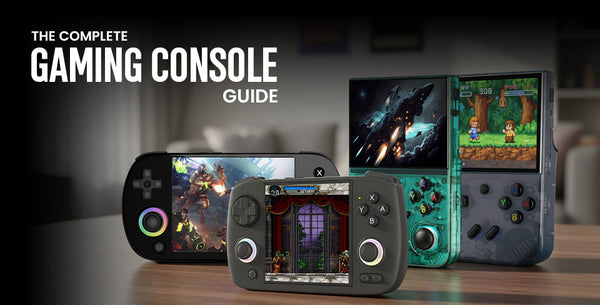Understanding How Chargers Work and Why ?

Have You Ever Wondered Why Your Lenovo ThinkPad Charger Doesn't Work as Fast with Your Huawei P10 Phone?
Picture this: You're rushing to finish a project, your laptop's battery is gasping its last breath, and you grab your trusty phone charger for a quick boost. But wait—it's charging at a snail's pace! Your phone and laptop both need 18W of power to charge. So why can't you just use the same charger for both? Seems simple enough, right? But here’s the catch: despite needing the same power, these devices might charge very differently—or not charge at all!
Your culprit is none other than this- Charging Protocols.
What is a Charging Protocol?
A charging protocol is a set of technical standards that manage how electronic devices charge. Think of it as a language that your device and charger use to communicate. These protocols ensure optimal battery performance, reduce charging time, and improve device safety.
For instance, two devices might both need 18W of power, but one requires 12V at 1.5A while the other needs 9V at 2A. If the charger doesn't speak the right "language," it won't deliver power correctly, leading to slow charging or even potential safety issues like overheating.
Charging protocols are crucial because they:
-
Determine the amount of power delivered to your device
-
Ensure safe charging by preventing overheating or overcharging
-
Enable fast charging capabilities when supported by both the device and charger
The Charging Puzzle: It's All About Speaking the Same Language
Imagine your devices and chargers are like people from different countries trying to communicate. They each speak their own language—or in tech terms, use different charging protocols. Here's the lowdown:
-
USB Power Delivery (PD): The polyglot of charging, speaking to laptops, tablets, and more
-
Qualcomm Quick Charge (QC): The smooth talker for Android devices
-
Programmable Power Supply (PPS): The precise linguist, fine-tuning conversations for optimal charging
These protocols aren't just fancy tech jargon—they're the secret sauce to safe, speedy, and efficient charging! Furthermore, we’re just scratching the surface with these three. Amongst the thousands of niche protocols being developed everyday, most companies have contributed with their own proprietary charging protocols. Which is why two distinct devices may not share the same charger.
But worry not! These are the big three that cover most of your devices.
Technical Deep Dive: PD vs. PPS vs. QC – What Sets Them Apart?
USB Power Delivery (PD) is the universal standard, supporting up to 240W via USB-C. It uses fixed voltage profiles (5V to 48V) and negotiates power contracts between devices and chargers. PD is ideal for high-power devices like laptops and tablets, offering broad compatibility and scalability. Its fixed voltage steps ensure backward compatibility with older devices, making it a versatile choice for various electronics.
Qualcomm Quick Charge (QC) is a proprietary technology optimized for Android devices with Qualcomm chips. It uses higher voltages (up to 20V) with lower currents (1A-3A) to achieve fast charging speeds. QC operates on fixed voltage increments and is designed primarily for smartphones. While it excels in rapid charging for compatible devices, its proprietary nature limits its universal applicability compared to PD.
Programmable Power Supply (PPS) enhances PD 3.0 and above by allowing micro-adjustments in voltage. It can dynamically adjust voltage in 20mV increments between 3.3V and 21V, optimizing charging efficiency by reducing heat and power loss. PPS is particularly beneficial for flagship smartphones and devices requiring precise charging control. This fine-tuned approach makes PPS ideal for maintaining battery health while delivering fast charging speeds.
Why Should You Care About Charging Protocols?
Understanding these digital dialects isn't just for tech geeks. It matters for everyone who's ever felt the panic of a dying device! Here's why:
-
Safety First: Using mismatched chargers and devices could damage your gadgets or cause overheating
-
Speed Demons: The right protocol can charge your device faster than you can say "low battery anxiety"
-
Long Live Your Device: Proper charging keeps your battery healthy and happy for longer
The Future is Here, and It's Called GaN!
Enter the superhero of charging: GaN (Gallium Nitride) chargers. These mighty mites are:
-
Multilingual: They speak multiple charging protocols fluently
-
Compact: Small enough to fit in your pocket, powerful enough to charge your laptop
-
Cool Customers: They generate less heat, keeping your devices safe
With a GaN charger, you're not just buying a charger—you're investing in a hassle-free, future-proof charging experience!
Ready to revolutionize your charging game? Say goodbye to the days of carrying multiple chargers and hello to the sleek, smart world of GaN technology. Your devices (and your backpack) will thank you!














